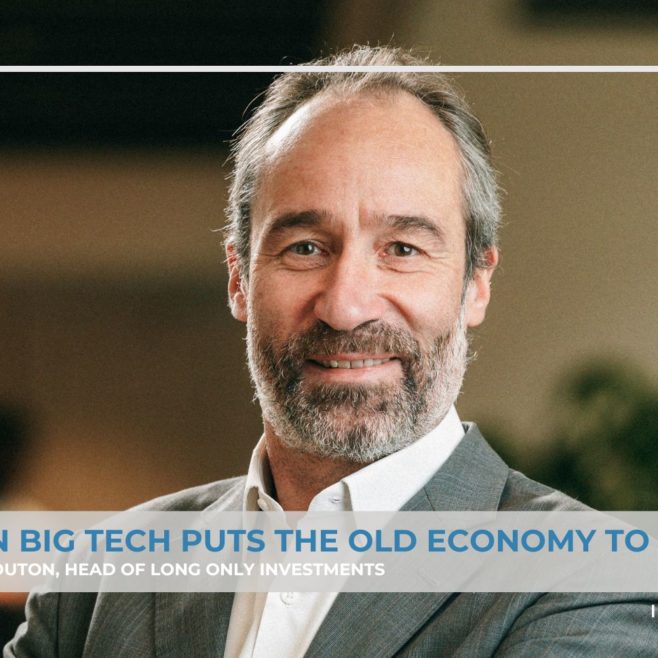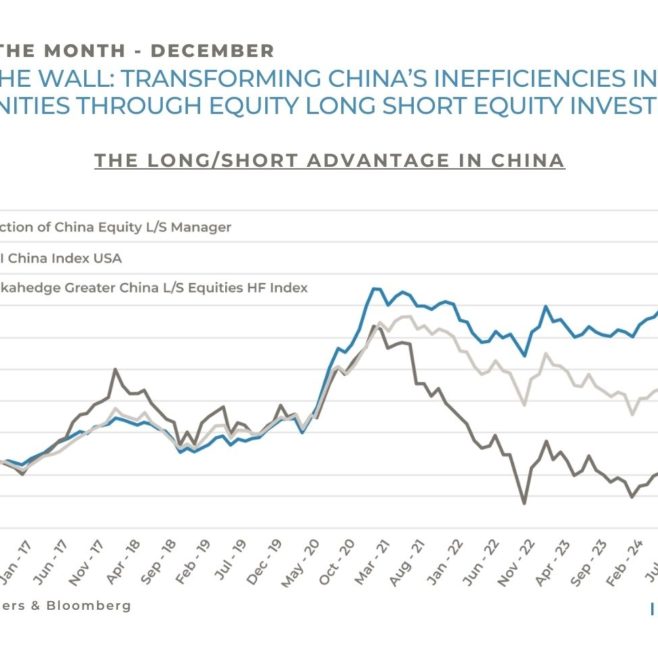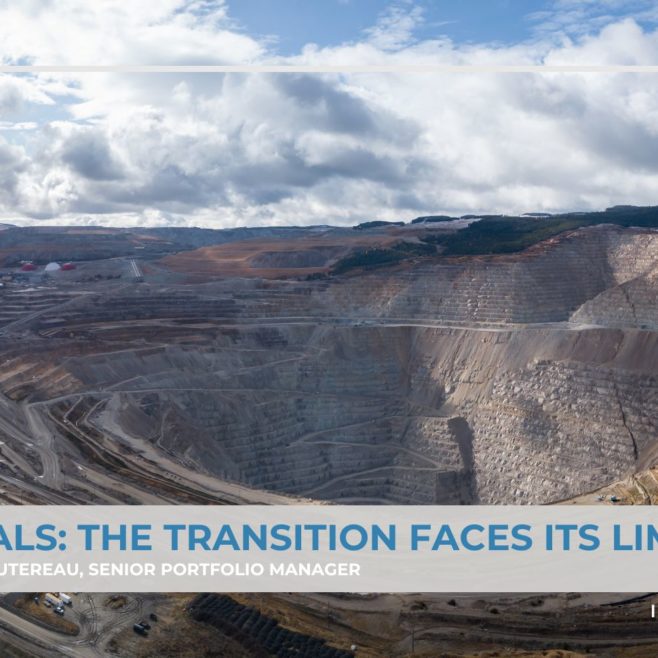
Notz Stucki Broadcasted Investment Conference
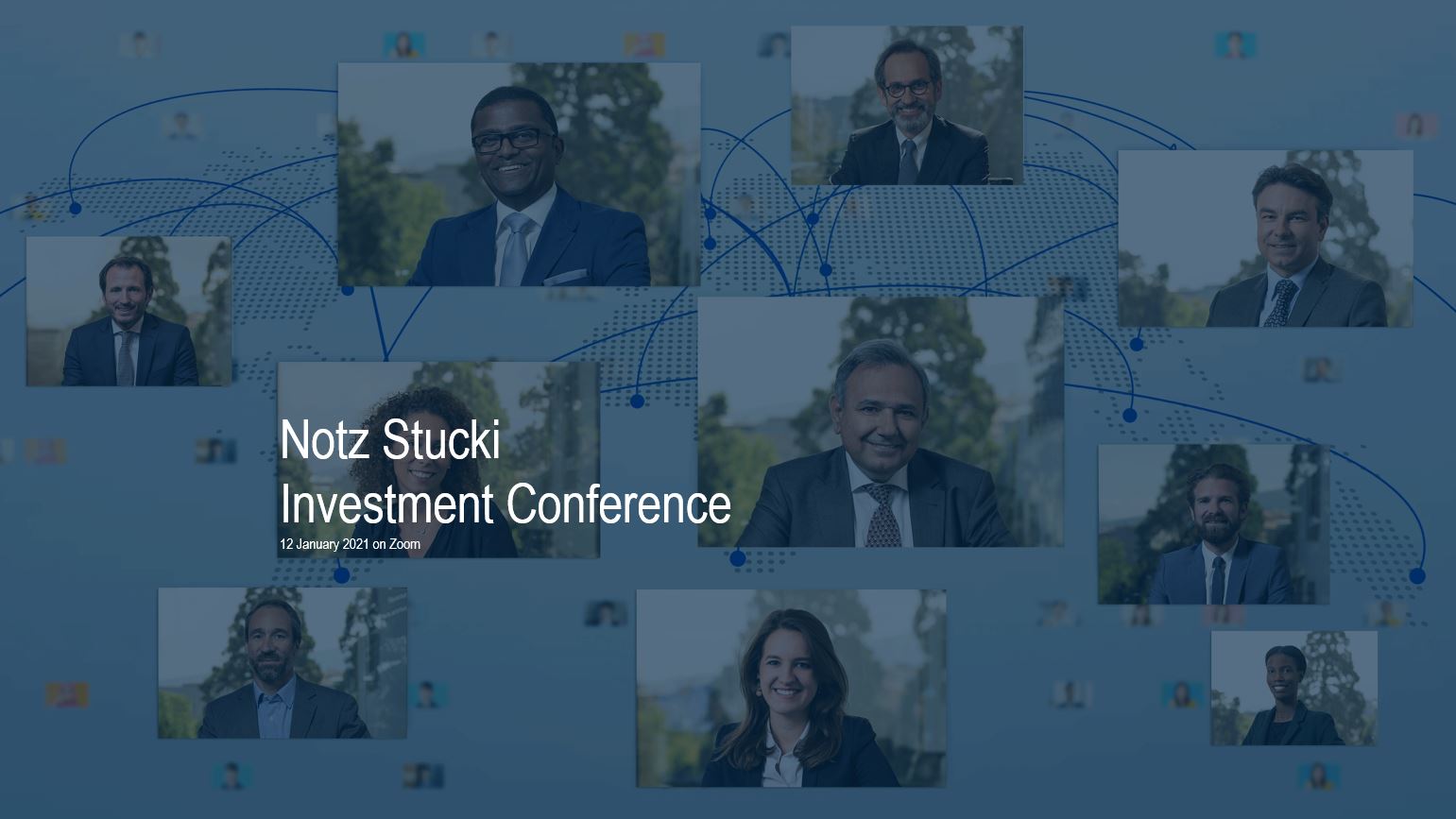
Notz Stucki Broadcasted Investment Conference – 12 January 2021
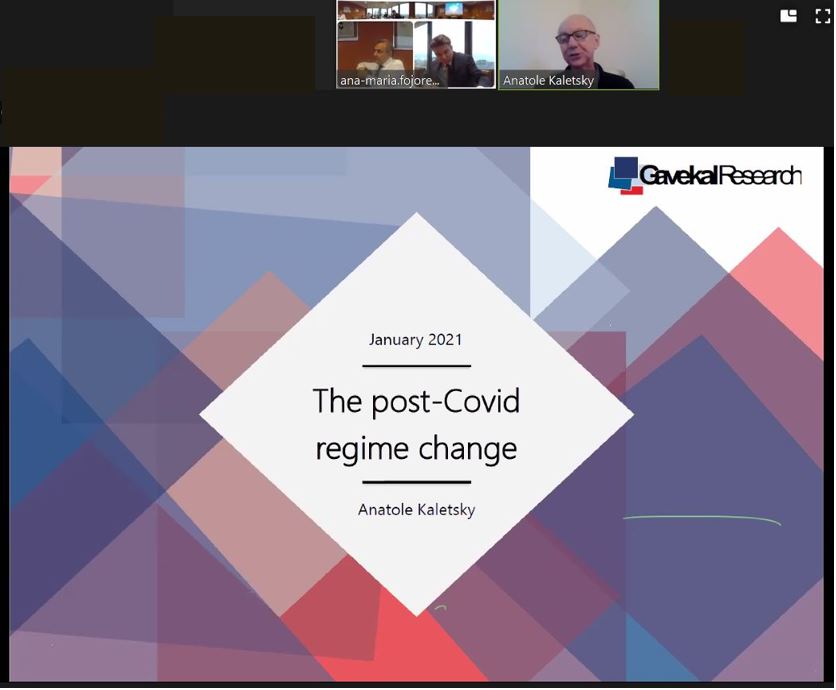
Anatole Kaletsky during our NS Broadcasted Investment Conference
2020 was one of the most remarkable years for both the global economy and financial markets, witnessing perhaps the largest short term economic collapse ever, followed by governments and central banks unleashing the most enormous stimulus packages ever to offset the lockdowns that they had mandated. These stimulus packages far exceeded what would have been thought possible a year ago, and as the crisis evolved became ever greater. The conference considered what the effects may be over the medium and long term.
The sudden collapse in economic activity last year was unprecedented, though it was met with an equally unprecedented response in terms of fiscal policy. As such history is much less helpful as a guide to the future, simply because there are no previous examples to compare this situation to. Since March the world has been stuck in a Covid induced shut down, in which large parts of the economy have been prevented by law from operating normally. Since then the global economy has been in a state of collapse, but stock markets bottomed on 23. March just three weeks into the crisis, initially in response to the huge stimulus, but latterly as they have started to look to the medium and long term and detect a brighter future. Markets are being tugged in opposite directions by these two giant forces – the economic plunge and the tsunami of liquidity. As time passes the balance of these two forces will change and today we are at an important transition as we start to exit lockdowns with the arrivals of several vaccines that will allow a slow return to normality.
As we enter the next stage there is a high probability that the tremendous stimulus will start to overcome the economic collapse. The public health situation is on the brink of improving because of the vaccines. Further there is always a time lag between the announcements of a stimulus and its impact on the economy. Usually this lag is about six to nine months, but this time it is likely to be one to two years because of the delay that has occurred before business is allowed to return to normal. So the various stimulus packages will arrive with full force this summer and it is highly likely that 2021 will see a strong return to growth, and this boom should last for the next two to three years. The market has anticipated this, rallying with extraordinary speed in reaction to the size of the packages and the explicit statements by Central Banks that they would keep monetary policy loose for several years. Indeed the conditions are extremely conducive for the bull market to continue. On top of current fiscal and monetary policies two other supports to growth were achieved last year. First the EU has finally managed to agree a unified fiscal policy which goes a long way to removing the risk of another European crisis. Second the Asian bloc has handled the crisis far better than the West both in terms of protecting its economy and its public health. It looks as though this area can grow strongly even if the US and Europe remain subdued. These more vibrant economies may decouple from the West, but in any event they are providing a strong support to global growth. All these conditions are ideal for creating bubbles in equities and there is little doubt that in some areas these already exist, with some areas of US tech being the most obvious example. Bubbles always burst eventually but timing this is impossible and they have a tendency to go far further than what is believed to be possible. Investors need to be aware of this but there are plenty of other areas of the market which can do well.
Looking further ahead there are consequences that investors need to start to consider. The first is inflation. The likelihood is that the massive money printing and spending by governments will lead to inflation. It is almost certain that over the next decade inflation will be higher than the rate that has pertained over the last forty years. There were anyway a number of structural forces pushing inflation higher namely: the weakening of globalisation; expansionary fiscal and monetary policy; the shift in technology from being a disruptive force to the establishment of monopolies; politics shifting to a position that is more supportive of labour leading to the rise of wages; and demographics. The debt piles that have been built up over the last few years also make inflation a temptation for governments, as historically that has always been the way that they have repaid them. So the question becomes how rapidly does inflation return? If it bounces back to a 4-5% rate in the next couple of years then that will be very negative for financial asset classes and social stability. However if it only creeps up gradually over the next few years then we could see a repeat of the Keynesian Golden Age that dominated the period from the late 1940’s to mid-1960’s which enjoyed strong growth and employment. This scenario is plausible because output gaps are so large coming out of Covid it is hard to see where inflation will come from. There is a strong possibility that we get strong growth accompanied by controlled inflation. This period could last a decade or even more. What is strange at the moment is that many commentators are expressing a lot of concern about inflation, but making almost no comment on this possibility that we may be entering a long term expansion, while financial markets appear completely unconcerned by inflation but are starting to price in the longer term growth.
The next nine to twelve months will be a crucial period. If we see growth returning and inflation does not take off in an alarming way then sentiment in financial markets will harden towards the view that we can get a low inflation boom. There are plenty of themes for markets to get excited about such as the energy and transportation revolutions that are taking place. Globally markets may start to focus more on the East as those countries return to normal more quickly than the West. With liquidity and stimulus so abundant valuations may rise to much higher levels than those witnessed in the past as PE ratings rise. The main danger to this outlook is inflation. If there are signs that it is starting to move significantly higher, then that would end an era that has prevailed since the early 1980’s. For several decades bond and equity values have been set on the basis that prices would be relatively stable. If they start to jump higher that changes everything, but for the next few months markets should enjoy the combination of lots of liquidity and a recovering economy.
Please click here to download our Investment Policy Notes.
Past performance is not indicative of future results. The views, strategies and financial instruments described in this document may not be suitable for all investors. Opinions expressed are current opinions as of date(s) appearing in this material only.
References to market or composite indices, benchmarks or other measures of relative market performance over a specified period of time are provided for your information only. Notz, Stucki provides no warranty and makes no representation of any kind whatsoever regarding the accuracy and completeness of any data, including financial market data, quotes, research notes or other financial instrument referred to in this document.
This document does not constitute an offer or solicitation to any person in any jurisdiction in which such offer or solicitation is not authorized or to any person to whom it would be unlawful to make such offer or solicitation. Any reference in this document to specific securities and issuers are for illustrative purposes only, and should not be interpreted as recommendations to purchase or sell those securities. References in this document to investment funds that have not been registered with the FINMA cannot be distributed in or from Switzerland except to certain categories of eligible investors. Some of the entities of the Notz Stucki Group or its clients may hold a position in the financial instruments of any issuer discussed herein, or act as advisor to any such issuer.
Additional information is available on request. © Notz Stucki Group


